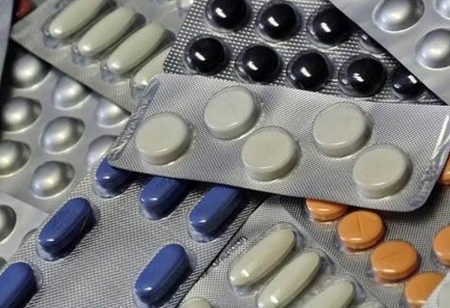
Topical drug delivery global market to reach $186.51B by 2026

 With a compound annual growth rate (CAGR) of 8.8%, the global market for topical drug delivery is anticipated to increase from $126.11 billion in 2021 to $137.15 billion in 2022. At a cumulative annual growth rate (CAGR) of 8.0%, the market for topical medication delivery is anticipated to reach $186.51 billion in 2026.
With a compound annual growth rate (CAGR) of 8.8%, the global market for topical drug delivery is anticipated to increase from $126.11 billion in 2021 to $137.15 billion in 2022. At a cumulative annual growth rate (CAGR) of 8.0%, the market for topical medication delivery is anticipated to reach $186.51 billion in 2026.
The topical medication delivery market was dominated by North America in 2021. During the projection period, Asia Pacific is anticipated to experience the quickest growth. The markets for topical medication delivery in Asia-Pacific, Western Europe, Eastern Europe, North America, South America, the Middle East, and Africa are all included in this market study.
Going forward, it is anticipated that the market for topical drug delivery would expand due to the rising prevalence of diabetes. A collection of illnesses known as diabetes impair how the body uses blood sugar and cause elevated blood sugar levels. By giving medications to diabetic patients that can avoid hepatic first-pass metabolism, topical drug administration benefits them. For instance, the World Health Organization, a specialised agency of the United Nations with headquarters in Switzerland, reports that diabetes was the ninth largest cause of death in 2019 with an estimated 1.5 million fatalities directly attributed to the disease. As a result, the market for topical drug delivery is expanding because to the rising prevalence of diabetes.
A crucial trend that is becoming increasingly popular in the topical medication delivery industry is technological development. To improve their position in the topical drug delivery business, major companies involved in the industry are creating cutting-edge products with novel technology.
For instance, Epsolay (benzoyl peroxide, cream, 5%), utilising Sol-microencapsulation Gel's technology for the treatment of inflammatory lesions of rosacea, was introduced in April 2022 by Sol-Gel Technologies Ltd., an Israel-based dermatology company, and Galderma S.A., a Switzerland-based pharmaceutical company specialising in dermatological treatments and skin care products. This product is patent-protected until 2040. By creating inclusion complexes between essential oils (Eos) as the guest molecules and beta-cyclodextrin as the host in porous silica, sol-gel microencapsulation has the advantage of entrapping molecules, making it more stable and resistant to environmental conditions. For EOs, silica serves as protection.

